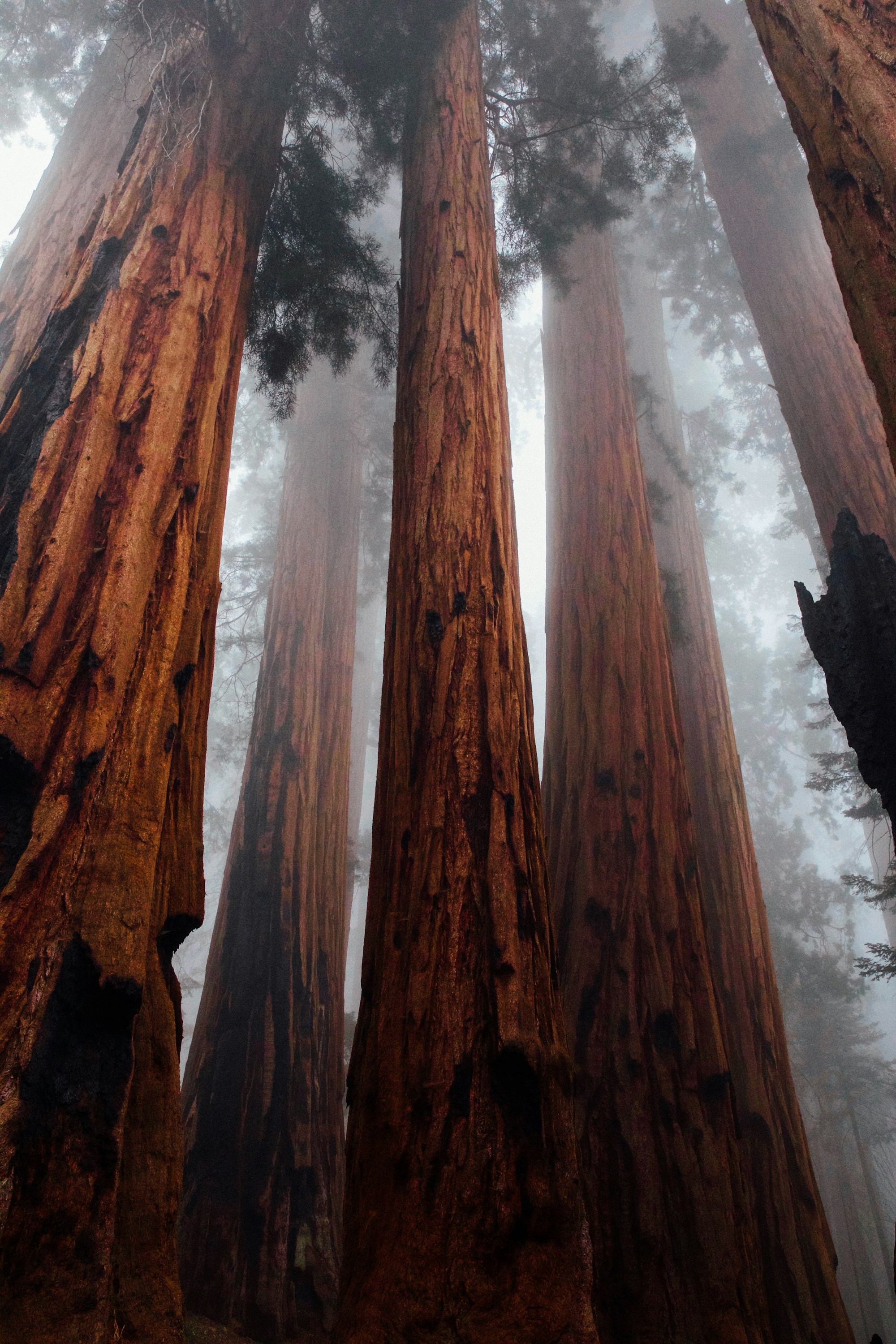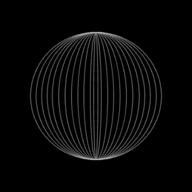Transport in Plants

Transport is all about passing nutrients from one place to another to favour the living organism’s growth.
Plants need some essential substances such as:
- Carbon dioxide
- Water
- Mineral ions
etc to photosynthesise and grow.
To transport these substances to leaves, plants need to have a network of transport tubes and tissues. There are two types of plant transport vessels.
These plant transport vessels are:
- Xylem (pronounced ‘zy-lem’)- Transport water and minerals
- Phloem (pronounced ‘flo-em’)- Transport sucrose and amino acids
Here is a comparison between the two plant transport vessels: xylem and phloem:
| Properties | Xylem | Phloem |
|---|---|---|
| Made of | Dead cells | Living cells |
| Cell wall thickness | Thick | Thin |
| Cell wall material | Lignin and cellulose | Cellulose |
| Permeability | Impermeable | Permeable |
| Transports | Water and minerals | Sucrose and amino acids |
| Carried to | Leaves | Growing parts and storage organs |
| Direction of flow | Upwards | Upwards and downwards (by translocation) |
| Cytoplasm | None | Cytoplasm lining |
| Tissue also has | Fibres | Companion cells |


Vascular bundles
A group of xylem vessels and phloem tubes are called a vascular bundle.
In IGCSE examinations, questions are often asked about the ‘positions’ of the xylem vessels and the phloem tubes in a vascular bundle.
Structure of a vascular bundle in the root

Structure of a vascular bundle in the stem

Roots and water uptake
Plants take water from the soil through their roots. Roots have root hairs to absorb water and minerals from the soil.
Structure of a root:
- At the very tip is a root cap. This is a layer of cells which protects the root as it grows through the soil.
- The rest of the root is covered by a layer of cells called the epidermis.
- The root hairs are a little way up from the root tip. Each root hair is a long epidermal cell.
Function of roots:
- Root hairs provide a large surface area and help significantly in the absorption of water.
- They provide anchorage to the plant
- They also absorb mineral ions through active transport
Water moves through the root hairs through osmosis:
- The water outside the root is in it’s dilute form (High water potential)
- The water inside the root is in concentrated form (Low water potential)
- Thus the water diffuses from a region of high water potential to a region of low water potential, down their water potential gradients, through a partially permeable cell membrane.
Transpiration
Key definition: Transpiration is the loss of water from plant leaves by evaporation of water at the surfaces of the mesophyll cells, followed by the loss of water vapour through the stomata.
Transpiration has significant importance in the water cycle and the transport of water in a plant.
The Process of Transpiration
- The mesophyll cells in the plant’s leaves are covered with a thin film of moisture
- The sun’s heat causes some of this moisture to diffuse out of the stomata and evaporate into the atmosphere
- Water from the xylem vessels travel to the mesophyll cells by osmosis and replace the water loss
The Transpiration Stream
- Water enters root hairs by osmosis
- Water moves up the root and reaches the xylem vessels
- The pressure at the top of the xylem vessels is lower than at the bottom
- This causes the water to move upwards through the xylem vessels till the leaf’s mesophyll cells
- The water is lost through transpiration, in the transpiration stream.
Measuring Transpiration Rates
- Transpiration rate in a plant can be measured using apparatus called a Potometer
- The rate of transpiration is measured by calculating how fast the air-water meniscus travels through the capillary tube.
Conditions that affect transpiration rates
| Environmental condition | How transpiration rates are affected |
|---|---|
| Temperature | Transpiration increases as temperature increases due to increased kinetic energy in water molecules. |
| Humidity | Transpiration decreases as humidity increases. As the difference between the concentration gradients in the leaf and in the atmosphere are similar. (Higher the humidity, greater the water molecules in the air) |
| Wind speed | The wind increases transpiration rates (as water evaporates more quickly on a windy day) |
| Light intensity | The greater the light intensity, the greater the chance that a plant will open its stomata to photosynthesise. |
| The shorter the water supply, the lesser the transpiration. | |
| Water supply | In short water supply, a plant will conserve water instead of wasting it. |
| The shorter the water supply, the lesser the transpiration. |
Translocation
Translocation is the movement of organic food such sucrose and amino acids in phloem; from regions of production (source), to regions of storage OR regions of utilisation in respiration or growth (sink)
- A source is the part of a plant where sucrose and amino acids are being produced by photosynthesis. For example: Leaves
- A sink is the part of a plant where sucrose and amino acids are translocated. For example: flowers, roots, tubers etc.
Uses of Sucrose
- In the Roots: sucrose is changed to starch and may be stored
- In the Flowers: sucrose is converted to sweet tasting nectar (fructose) and is used to attract animals (yum!)
- Developing parts of plant: sucrose and amino acids are translocated to growing parts of the plant for development.
Translocation during different Seasons
- Many plants have a time of year when they become dormant.
- During this stage, they wait out harsh conditions in a state of reduced metabolic
- Dormant plants do not photosynthesise, but survive on their stored starch, oils and other materials.
- When the seasons change, they begin to grow again.
- Now the stored materials are converted to sucrose and transported to the growing region.
For example, potato plants are not able to survive the cold frost of winter. Let’s see what happens!
| Summer | Leaves photosynthesise and send sucrose down into underground stems. |
|---|---|
| Here, swellings called tubers develop. | |
| Here, swellings called tubers develop. | |
| Winter | The leaves and stems wear off (die). |
| Here, swellings called tubers develop. | |
| Spring | They begin to grow new shoots and leaves. |
| Here, swellings called tubers develop. | |
| Here, swellings called tubers develop. |
- So in summer, the leaves are sources and the growing stem tubers are sinks.
- In spring, the stem tubers are sources and the growing leaves are sinks.
External Links
This is the end of this guide. Hope you enjoyed it! Thanks for using www.igcsepro.org! We hope you will give us a chance to serve you again! Thank you!
Next Topic:


